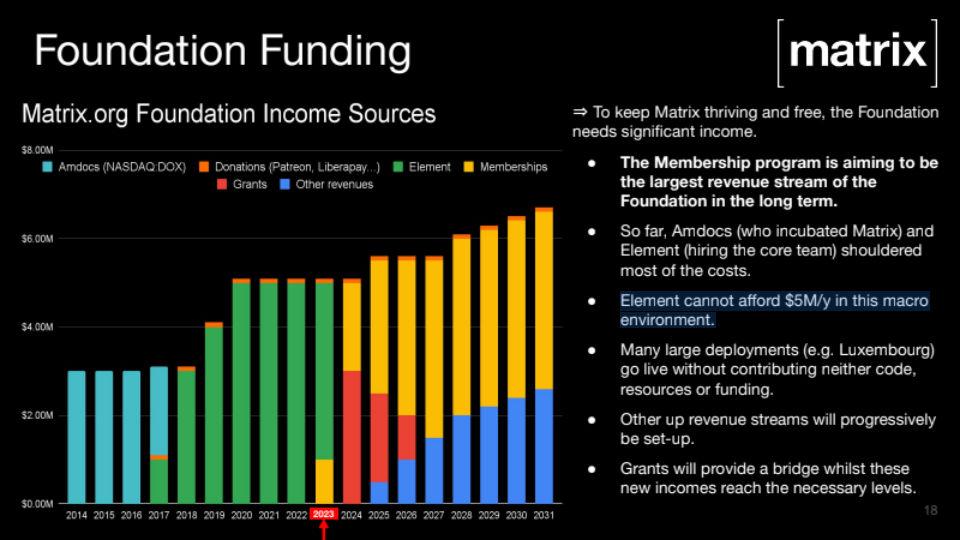

I disagree. You are just entertaining the idea that servers must always and forever be oversized, that’s the definition of wasteful (and environmentally irresponsible). Unless you are firing-up and throwing-away services constantly, nothing justifies this and sparing the relatively low effort it is to deploy your infrastructure knowingly.


I mean, you are the one making the exceptional claim that unnecessarily running multiple instances of programs on a device with finite resources has no practical adverse effect. Of course, the effects can be more or less drastic depending on the many variables at play (hardware, software, memory pressure, thread starvation, cache misses, …) and can indeed be negligible in some lucky circumstances. The point is that you don’t call that shot, and especially not by burying your head in the sand and pretending it’s never gonna be a problem.
Effective use of computing resources requires tuning. Introduction of a new service creates imbalance. Ensuring that the server performs nominally and predictably for all intended services is a balancing act and a sysadmin’s job. Services whose deployment settings are set by someone with no prior knowledge of the deployment constraints can’t be trusted to do a good job at it (that’s the nature of the physical world we live in, not my opinion), and promoting this attitude promote the kind of wasteful and irresponsible computing I was on about.
Now, I’ll give you the link to this basic helper for tuning a PostgreSQL server: https://pgtune.leopard.in.ua/
Will you tell me what are the correct inputs for my homelab (I won’t tell you the hardware, the set-up, the other services running on it, the state of the system, etc)?
And later, when you will distribute your successful container to millions of users, what will you respond to the angry ones that will complain that your software is slow, to no fault of your coding, because they happen to pile up multiple DBs, web servers, application servers, reverse proxies, … on their banana SoCs?